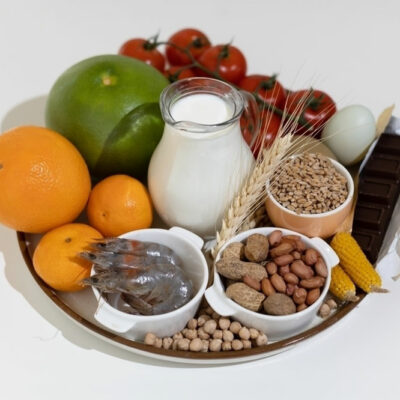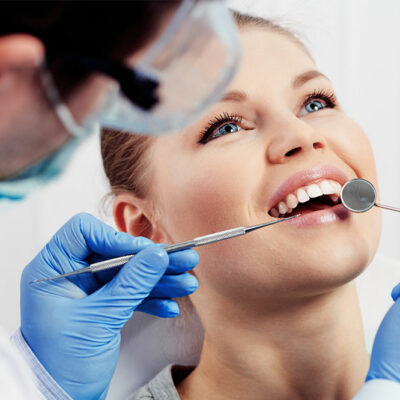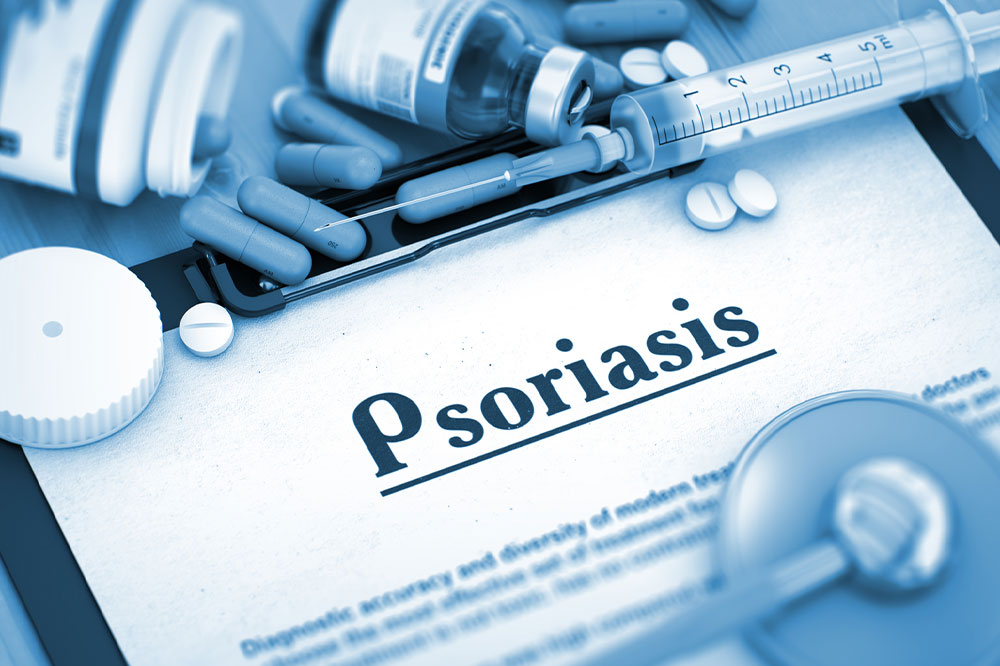Breast cancer causes, types, and prevention tips

Breast cancer begins in the cells of the breasts, and it is the second most common type of cancer affecting women, the first being skin cancer. While the condition can affect both men and women, it is more prevalent in the latter. There are several types of breast cancer, and each case develops differently. Early detection and proper treatments can highly increase the chances of survival. Let’s look at this condition in detail.
Causes and symptoms
When the breast cells begin to grow abnormally in the tissue, it leads to forming a lump or a mass. This can spread through the breast to other lymph nodes and the rest of the body. Some of the symptoms to look out for are:
A breast lump or mass surrounding the tissue that feels abnormal.
Change in the size and appearance of the breast.
Change in the skin texture on the breast.
Pitting of the skin over the breast or a constant redness.
Any peeling, flaking, scaling or crusting of the skin around the pigmented area of the skin that surrounds the nipple region.
A noticeable inverted nipple
Types of breast cancer
There are several types of breast cancer, and treatment for these types differs according to the diagnosis by the health professional. Some may have other health complications, while others may not, and a doctor makes a treatment plan accordingly.
DCIS or Ductal Carcinoma in Situ
This is considered to be the earliest form of breast cancer to affect anyone. This type of cancer is low-risk and noninvasive, meaning it has not yet spread out of the milk duct (which is where it develops). It has a very low risk of becoming invasive. Since this is an early stage of cancer, treatment is highly successful, so it is essential to get a complete diagnosis and treatment plan as soon as possible to avoid any complications in the future.
Invasive lobular carcinoma
This is the type of cancer that develops in the milk-producing glands of the breast. The cancer cells in this condition have broken out of the milk-producing glands and can spread to other parts of the body. It is crucial to consult a specialist for an accurate diagnosis and treatment plan for the same.
Angiosarcoma
This is a rare type of breast cancer that develops in the lining of the blood vessels and lymph vessels and rarely occurs on the skin of the breast. This disease also develops around the area where the skin has been exposed to radiation therapy in the past, so it’s risk of development is higher in patients with such a history.
Inflammatory breast cancer
This is another rare type of breast cancer that develops fast and results in swollen, tender, and red breasts. These symptoms are a result of cancer cells blocking the lymphatic vessels in the skin covering the breast. It is considered to be a locally advanced case of cancer. It is important to seek help immediately to ensure cancer does not spread to the rest of the body parts nearby.
Lobular Carcinoma in Situ or LCIS
This is an uncommon type of cancer. While technically, the abnormal cells formed in the milk glands here are not cancerous, they indicate an increased risk of developing cancer, so it is important to seek professional attention immediately to reduce cancer risk. It is also difficult to suspect as it does not show up on a mammogram and needs a breast biopsy to be detected. Since this type of condition does not have any signs or symptoms, the only way to stay alert is to get regular checks done and continue with preventive measures, which reduce the risk of breast cancer.
Male breast cancer
This affects the breast tissue in men, especially older men. It is not a common disease among men; however, it does occur in some who may be at a higher risk of developing this condition. When detected early, it is easy to treat the condition by removing the affected breast tissue.
Paget’s disease of the breast
This often develops in those who already have an underlying ductal breast cancer condition. The condition often affects those after the age of 50, and it is a rare type of breast cancer that starts at the nipple and extends to the areola.
Recurrent breast cancer
As the name suggests, the cancer returns after months or years of treatment. While the treatment is done to remove all the cancer cells, sometimes the cells survive and evade the procedure, resulting in the multiplication of the abnormal cells much later.
Preventive care for breast cancer
While there is no sure way to ensure breast cancer does not develop, there are some preventive measures to take to reduce the risk of getting this disease.
Maintain a physically active lifestyle
A sedentary life leads to several health complications like blood pressure, diabetes, cardiovascular diseases and so on. Making sure that you are active and are using your body’s potential in a healthy and sustainable manner can help you evade a number of complications.
Note any treatment side effects
If you are on any kind of treatment, especially birth control or hormone replacement therapy, it is important to have an open conversation about the side effects of this treatment plan with your doctor. Look out for any major signs or symptoms that can create complications in the future.
Opt for breastfeeding
If possible, it is recommended that new mothers breastfeed their newborns. Research suggests that the longer you breastfeed your kid, the lower your chances of developing breast cancer.
Check for a family history of breast cancer
If you have a family history of breast cancer, speak to your health professional about regular checkups. Also, it is advisable to try and address ways to reduce your risk of developing the disease. It is possible that you may have inherited the mutated BRCA1 and BRCA2 genes, which can be responsible for a higher risk of getting breast cancer.
















